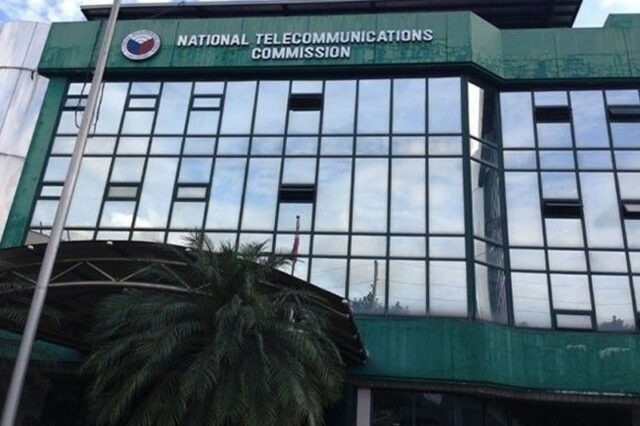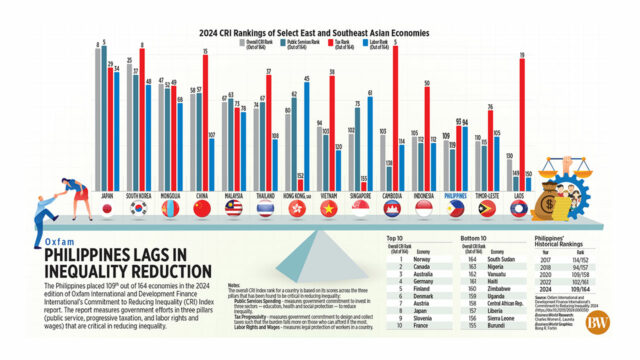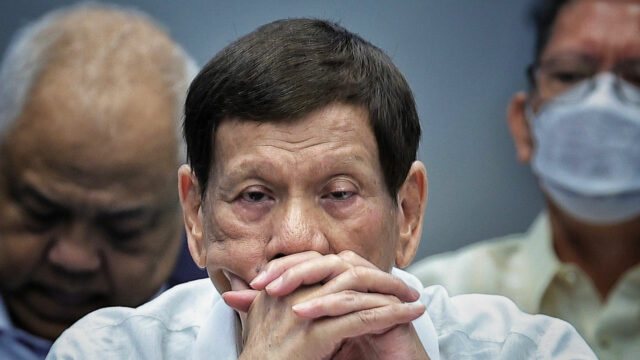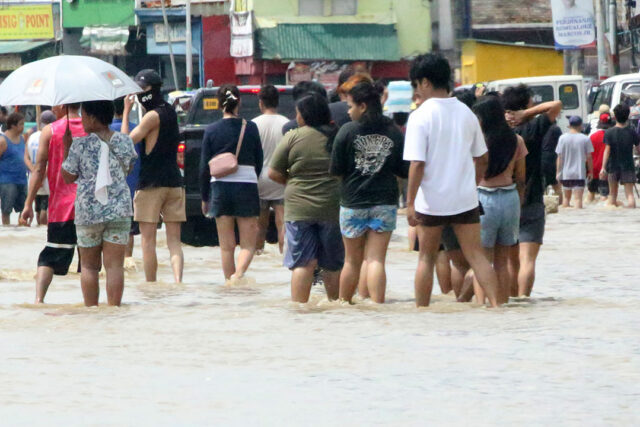High reinsurance costs push up nonlife premiums
NONLIFE INSURANCE premiums will have to rise by at least 20% to help offset the impact of higher reinsurance costs on firms’ profitability, an official of Malayan Insurance Co., Inc. said.
“It has to be more than 20%… because even at the time that we were struggling because reinsurers were so expensive, not all companies actually adjusted their prices. So, what that might mean is that they are absorbing the impact. They’re giving up their margin,” Malayan Insurance Chief Operating Officer Eden R. Tesoro told reporters on the sidelines of an event on Wednesday.
Reinsurance prices have now plateaued after increasing by as much as 50% over the past years due to extreme climate change, Ms. Tesoro said, although prices differ depending on area and risk levels.
Still, reinsurers are now more willing to provide support to firms, even as prices remain elevated, she added.
“The reinsurers that time were not willing, at any price, to give support [to firms]. Now it’s different in the sense that reinsurers have come back. In some areas, they have actually exited. Like in Florida, there have been insurers and reinsurers who have just given up. But in general, globally speaking, there’s more capacity. But the pricing discipline, as they call it, has been maintained. In other words, it’s still expensive,” Ms. Tesoro said.
“For now, it seems to be holding. They seem to be maintaining their pricing discipline. But a couple of years down the road, who’s to say what will happen? If this trend of severe catastrophic events continues, then prices could remain high for a while… Normally, it’s cyclical. It goes up, stays there for a bit, meaning a few years, and then slowly goes down until such time that a change would cause the price to go up,” she added.
In the Philippines, nonlife premium rates have gone up by about 10-15% because of high reinsurance costs, she noted.
For Malayan Insurance, these high costs have led them to stop writing premiums for a number of clients, resulting in a 5-6% loss in gross premiums written, Ms. Tesoro said.
“What we’re trying to do is clean up the portfolio. We are looking at our accounts individually, out of the many hundreds of thousands of risks that we write, and we make a decision on each one if it is worth keeping and how much should we write it for,” she added.
For this year, Malayan Insurance expects a small reduction in gross premiums written as some clients have decided to stay despite higher rates, which has helped offset account losses, Ms. Tesoro said.
“It’s hard to say because there are some major renewals towards the end. So, right now, we’re kind of still on the mark. Around flattish,” she said. “But we foresee that there will still be some slippage because of the competition.”
Malayan Insurance booked a net income of P600.77 million in 2023, data from the Insurance Commission (IC) showed. Its net premiums written stood at P4.72 billion, with premiums earned at P4.27 billion and gross premiums written at P15.05 billion.
Meanwhile, total net premiums written by nonlife insurance companies rose by 7.14% year on year to P32.89 billion in the first semester, based on latest IC data.
Total premiums earned by the sector went up by 7.11% year on year to P30.74 billion, while gross premiums written climbed by 9.03% to P59.68 billion. — A.M.C. Sy














